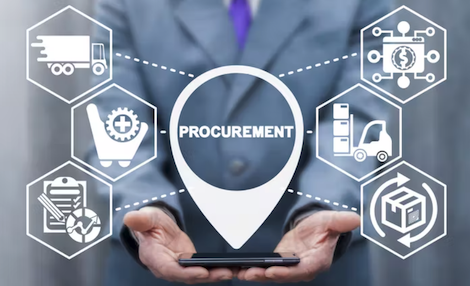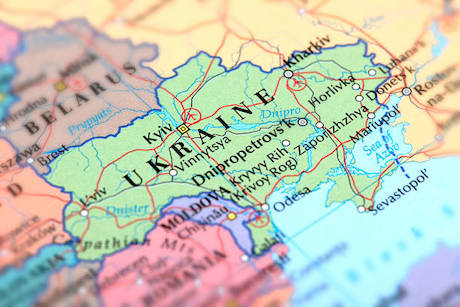


Navigating 2022’s Early Capacity Woes
Access to capacity has been an ongoing challenge for freight procurement professionals for the last 24 months. And due to the continued fallout from the 2021 supply chain crisis and the circumstances stemming from Russia’s invasion of Ukraine, any hopes that a more stable capacity market may appear in 2022 have quickly evaporated among the freight procurement industry. That said, there are still steps that freight procurement professionals can take to ensure they are navigating this historically frenetic and tight freight capacity market. Prioritizing “Real-Time” The freight capacity market is not only strained but incredibly unpredictable, with sudden periods of capacity appearing at random. This means shippers need round-the-clock visibility in order to capitalize on any opportunities to take advantage of excess capacity and value. And thus, they need to trade in outdated tools that provide only a fragmented and static market view for those that deliver dynamic, real-time insights on supply and demand which feeds directly into truckload pricing. Move Away from Brokers The shipper-broker relationship has been tenuous for a long-time as is. However, as unprecedented freight market conditions continue to rumble on this relationship is likely to get more fraught. Brokers are renowned for high prices and a lack of transparency – two things that shippers can ill afford at the current moment. And as shipper budgets and margins become more strained, shippers will need to find ways to optimize each and every dollar in their transportation budget. Innovative shippers have already turned to automation technology that leverages AI/machine learning to source compliant, asset-based carriers directly and circumvent costly brokers and the spot market. Reinforces the Need for Digital Transformation...
Energy Price Hikes & Freight Procurement
With news that gas prices have officially hit the highest national average since 2008, shippers and their freight procurement teams are focused on what this could mean for their operations-- and their transportation budgets. Already coping with a historic supply chain snarl-up, the energy price surge could hardly come at a worse time for freight procurement professionals. Here are a few reasons why. Budgets Strain Even Further Transportation and logistics-related costs can account for roughly 10% of total COGS depending on the industry. Any upward movement with energy cost eats into a shipper's profit margin. With budgets already stretched razor-thin, many shippers have been forced to optimize their freight procurement process to help mitigate rising freight procurement costs. Freight procurement automation technology has helped shippers circumvent the costly broker market and move goods on time, at fair market pricing. Capacity Issues Deepen Because of these rising costs, many carriers are having to be more discerning about which routes they run, and how often they run them, in order to maximize their fuel budgets. This means that available capacity is going to become both tighter and more erratic, and shippers are going to have to rethink their logistics plans in tandem so that they can navigate these circumstances. Consumers Feel Price Hikes One of the hidden but arguably most negative impacts of energy price hikes is what it will mean for shippers and their customer relationships. Given how stretched budgets are already, very few shippers can afford to simply “eat” their rising procurement costs, and thus, have to pass these costs on to consumers – which is obviously not ideal, especially now. In addition, because of...
